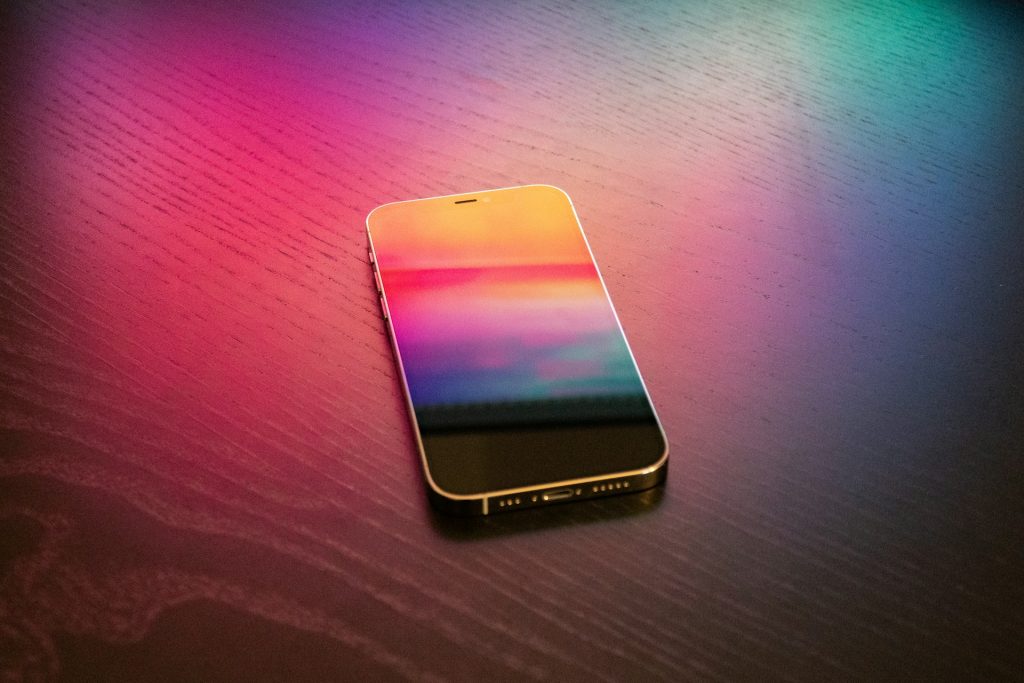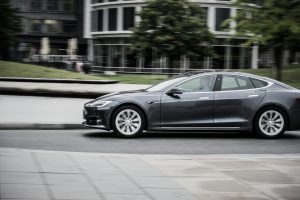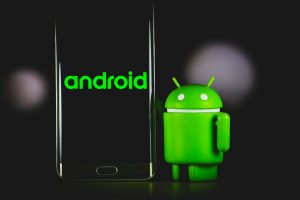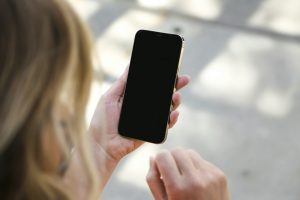
With each new smartphone launch, expectations are high for meaningful improvements. When Apple introduced the iPhone 15 series, the major headline was its switch from the traditional Lightning port to the modern USB-C connector. This change brings Apple closer to industry-wide standards already adopted by Android phones, iPads, and MacBooks. But aside from the new port, many users in Pakistan and around the world are wondering — does the iPhone 15 offer better battery life or faster charging?
Let’s explore what’s actually changed — and what hasn’t.
Battery Life: A Familiar Story
Starting with the base iPhone 15, it comes with a 3,300mAh battery. While that may seem small compared to many Android phones, Apple’s optimised software makes sure the phone lasts through a full day of normal usage. Our tests showed the phone performs well without any serious battery issues.
The iPhone 15 Pro, equipped with a more advanced screen, uses more power, but still offers similar day-long endurance. If you’re looking for a longer-lasting battery, the iPhone 15 Plus or Pro Max models are better options, thanks to their larger battery capacity.
According to Apple’s figures, the standard iPhone 15 can play local videos for up to 20 hours, while video streaming over the internet cuts that time down to 16 hours. The iPhone 15 Plus extends that performance, managing up to 26 hours of local video playback and 20 hours for streaming.
However, if you were hoping for a big leap from the iPhone 14 series, that’s not the case. The estimated battery hours are practically identical to last year’s models. So, upgrading solely for better battery life might not be worth it.
The same holds true for the Pro models. The iPhone 15 Pro offers up to 23 hours of local video playback, and the Pro Max delivers 29 hours — just like their predecessors from the iPhone 14 series.
Lighter Body, Same Runtime
There is one noticeable change: the Pro and Pro Max models now feature a titanium frame. This makes the phones nearly 10% lighter than before, and users will likely notice the difference when holding them.
Despite the weight reduction, the battery life has not improved. This is surprising, especially given the introduction of Apple’s new 3nm chip, which should theoretically offer better power efficiency. Many also expected a new stacked battery design to increase capacity, but unfortunately, that didn’t happen — at least not this year.
Charging Speed: A Letdown
The biggest hardware change — USB-C — brings better compatibility. You can now charge your iPhone 15 with the same cable used for Android phones or Apple’s own iPads and MacBooks. However, the speed at which the phone charges hasn’t improved.
While many Android brands offer super-fast charging, often filling up a battery in under an hour, Apple has not made similar progress. Even though USB-C can technically support much faster charging, the iPhone 15 series is still limited to the same speeds as the iPhone 14.
That means the switch to USB-C is more about convenience than performance.
Final Thoughts
In summary, the iPhone 15 series introduces a sleek new design and a more universal charging port, but doesn’t offer notable gains in battery life or charging speed. For Apple users in Pakistan and beyond, this may feel underwhelming. If battery performance or faster charging is a priority, it might be best to hold off and see what the iPhone 16 has to offer in the future.






